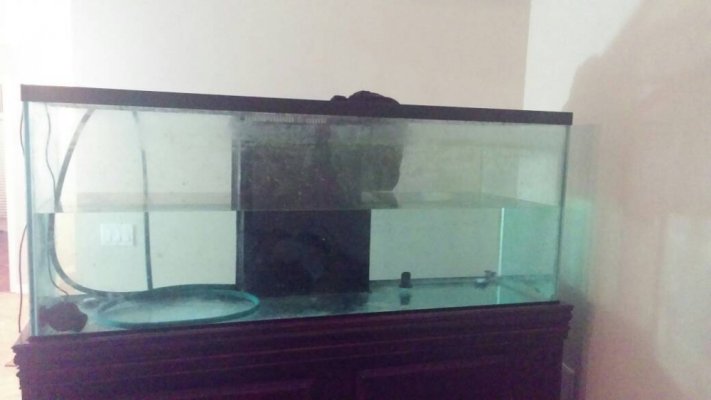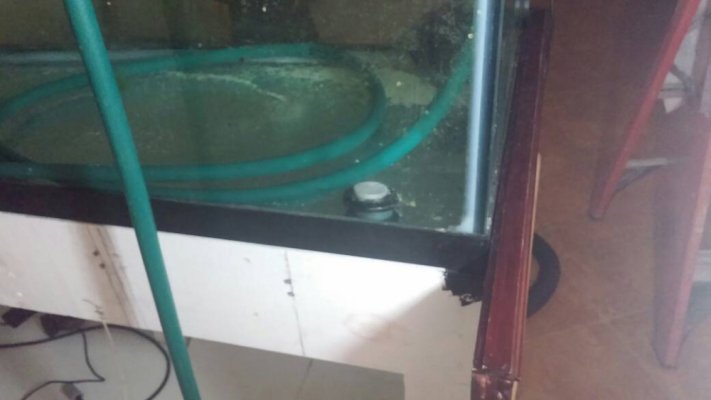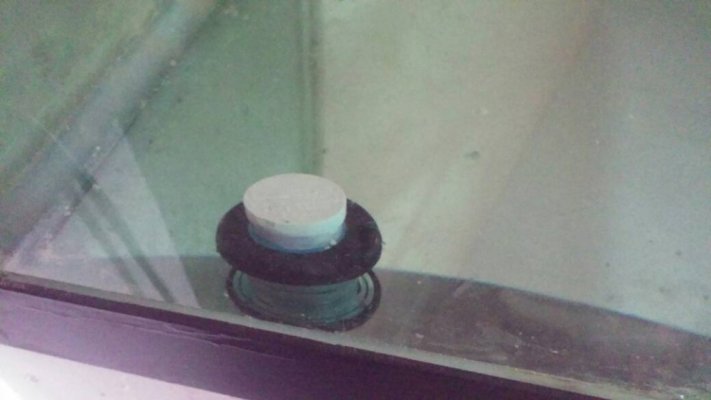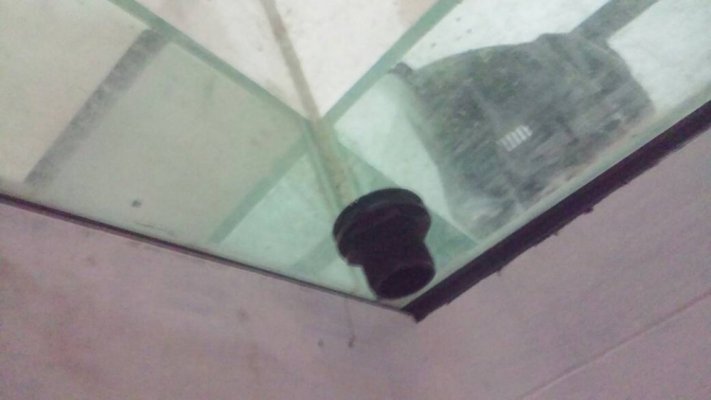I'm sure it could work either way, but the 'smoosh' method seems to be more prone to error in that you'd have to make sure you get a good layer of silicone around the hole under the glass to ensure that it's sealed well.

by covering the entire patch with silicone and applying it on the INSIDE of the tank will ensure there are no leaks or gaps. If the entire patch is covered with silicone, how in the world could it be possible for it to
not be sealed around the hole? Silicone is translucent and it would be very apparent if there were any gaps/voids in the silicone.
With just a bead of silicone around the edge of the patch it would be more prone to lifting and separating over time, plus you would have a blank space between the tank bottom and the patch, a possible cracking failure point for the patch.
The seams of an aquarium are two fold, a layer of silicone between the edges of the glass panels, this is primarily to bond the panels together,
second a bead/seam is applied to the inside gaps, that is for making it water tight.
You don't think I was saying to put it on the outside do you?
NEVER patch an aquarium from the outside, always patch it in a manner that the water pressure will help hold it tight against the glass.
I think maybe you are envisioning something different than what I tried to convey.
and actually putting silicone on the ends/edges of the glass panels and then smooshing them together is exactly how aquariums are made.





